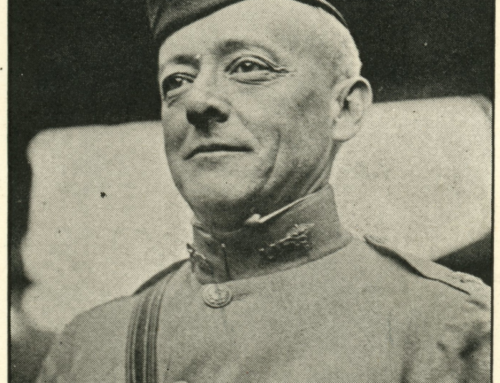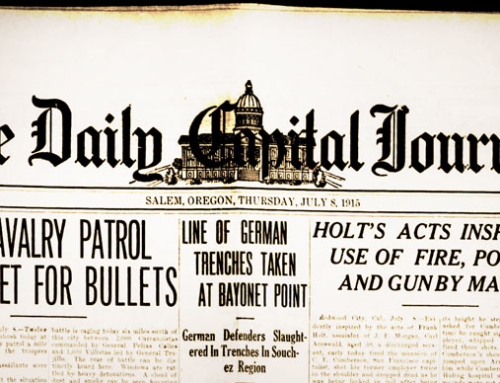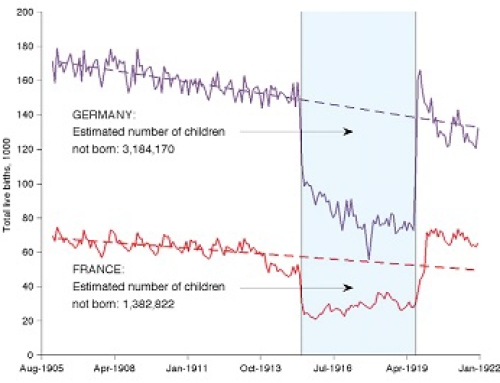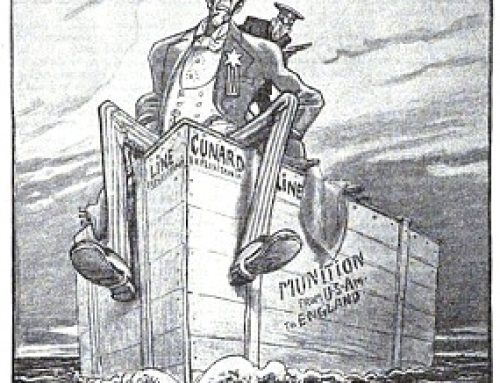by Richard van Pelt, WWI Correspondent
Discussing the effectiveness of artillery, an article by J.W.T. Mason, “German Guns Have Range of Twenty-Six American Miles” addressed the advantages and shortcomings of long-range guns:
Count Von Zeppelin, defending the killing of civilians by airship, asks how it is possible to tell where even a cannon shell will strike.
“For instance,” he aded, “shells from the new Krupp guns have a reported range of 42 kilometers.”
Forty-two kilometers equal 26 American miles. Reports have been circulated since the outbreak of the war that Germany possesses guns competent to fire across the 22 miles of the Strait of Dover, but Count Von Zeppelin is the first German of recognized standing to confirm the rumor.
* * * *
The most effective artillery of the present war is the French “Soixante-quinze,” which is a 3-inch gun worked with maximum efficiency at a range of a few thousand yards. The 42-kilometer guns which the Germans used to destroy the forts at Liege, Antwerp and Maubeuge have been of little use in field operations. Artillery, as a matter of fact, can quickly overreach itself in the field. A gun with a range of 26 miles may find its principal utility in bombarding towns at a distance. But battles are not won by bombarding distant towns. The intervening army has to be driven off first.







Leave A Comment